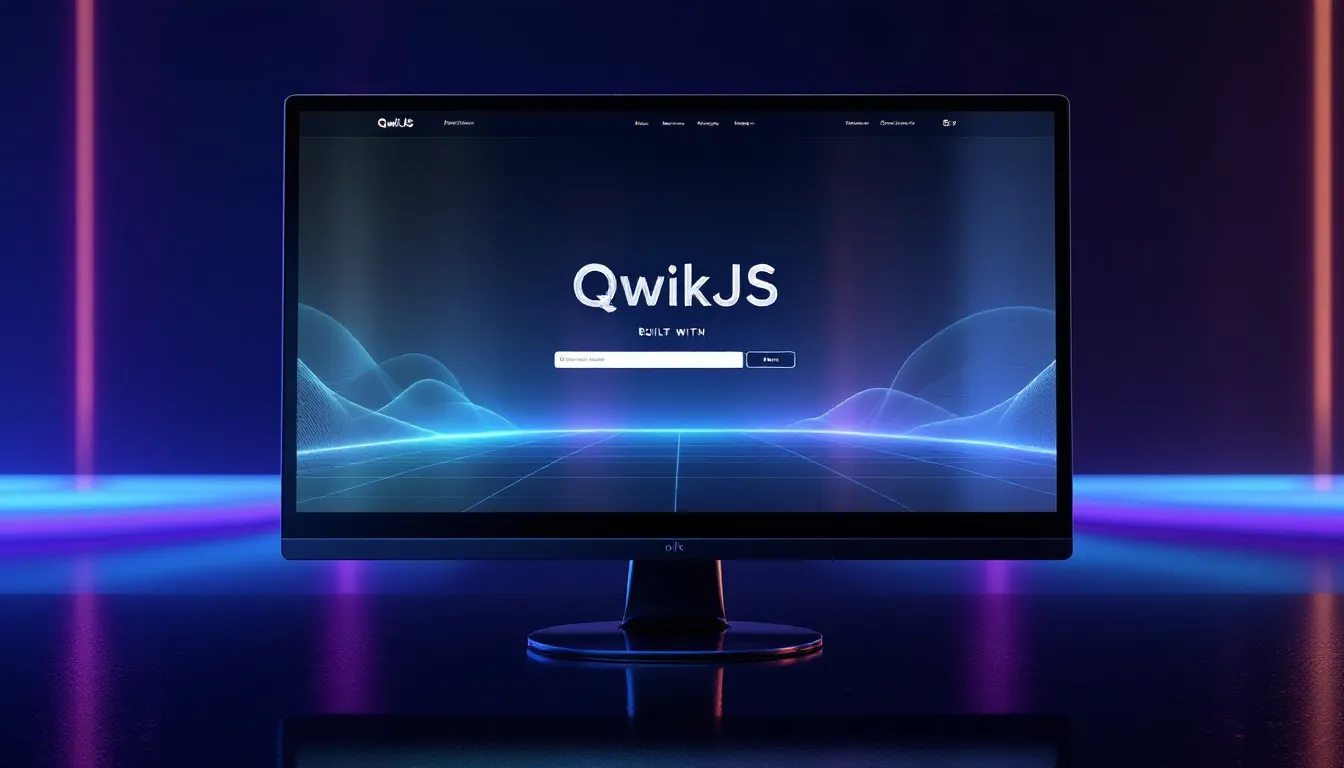Rewrote the website in QwikJS

Ali Almahdi

From Angular to QwikJS: A Journey of Website Evolution
After maintaining my website in Angular for some time, I recently made the decision to completely rewrite it using QwikJS. This wasn't just a framework switch - it was a strategic move towards better performance and user experience.
The Tech Stack
Modern Frontend Architecture
My new stack leverages some of the most efficient modern web technologies:
- QwikJS as the core framework.
- TailwindCSS with DaisyUI for styling,
- MDX for content management.
- Static Site Generation (SSG) for optimal performance for certain endpoints.
- SSR for dynamic content and interactivity.
Simplified Backend Approach
I've eliminated the need for a traditional backend by implementing:
- Form handling through Google Sheets API
- Automated notification system for new submissions
- Future comment system integration using Giscus (GitHub Discussions-based)
Why QwikJS?
The decision to switch to QwikJS was driven by several key factors:
1. Performance First
- Zero hydration architecture
- Minimal JavaScript shipping
- Instant page loads
2. Cloud-Ready
When evaluating frameworks that support multiple cloud providers, I considered:
- Astro
- SvelteKit
- Remix
- QwikJS
QwikJS stood out with its superior performance characteristics and robust cloud integration options.
3. Trusted Leadership
Being created by Misko Hevery (the mind behind Angular) gave me confidence in QwikJS's design philosophy and future direction. As someone who's worked with Angular since 2014, this connection was particularly meaningful.
Looking Forward
This rewrite represents more than just a technical upgrade - it's a foundation for better content delivery and user experience. Stay tuned for more features and improvements as I continue to evolve this platform.